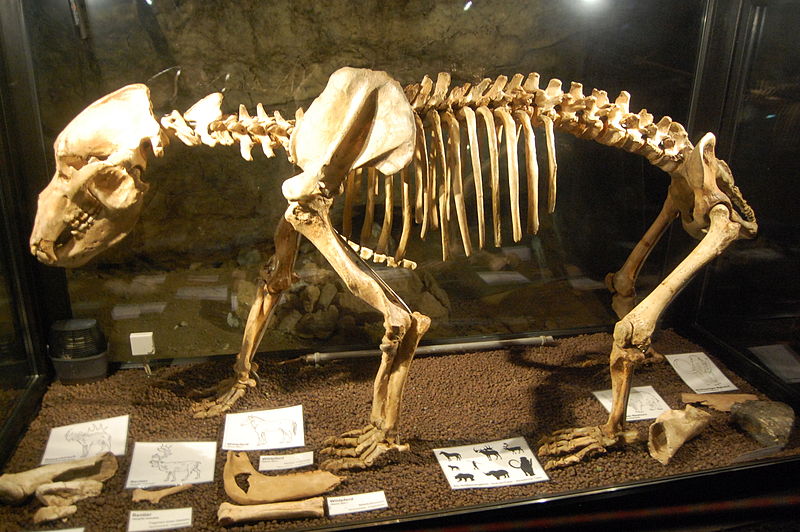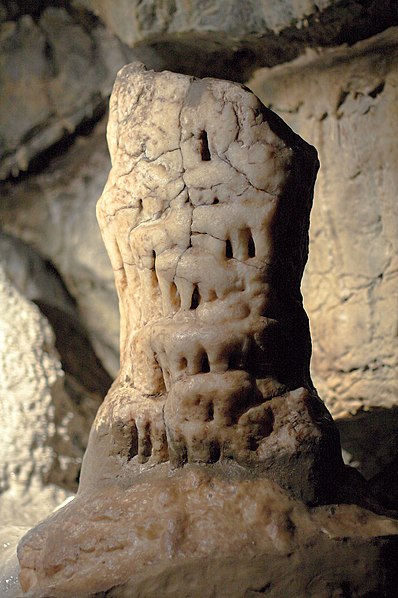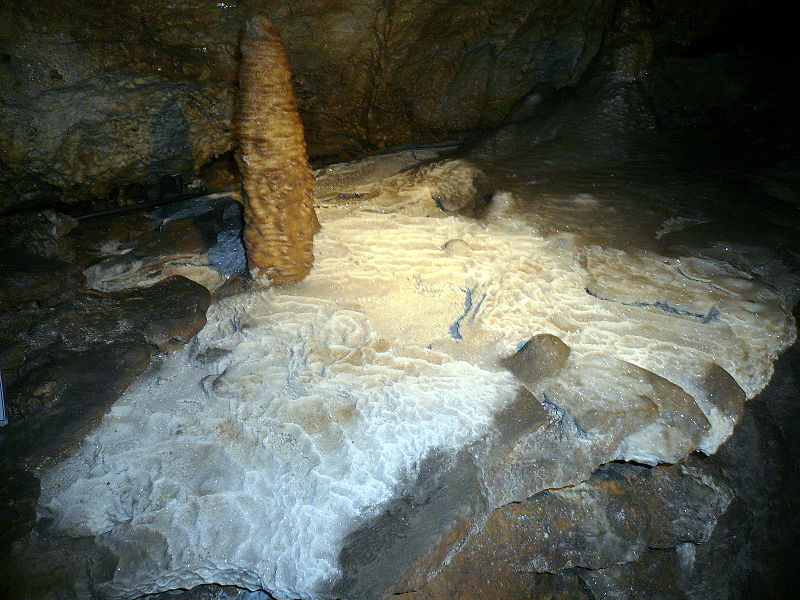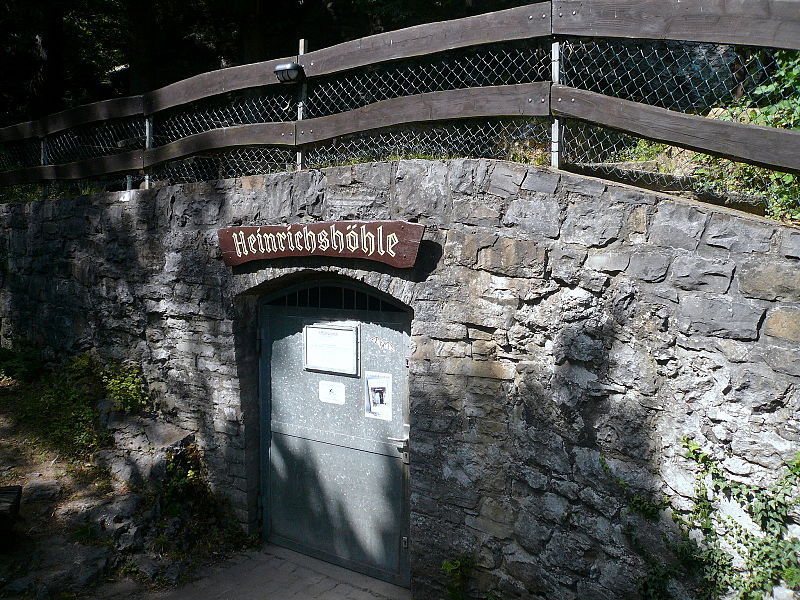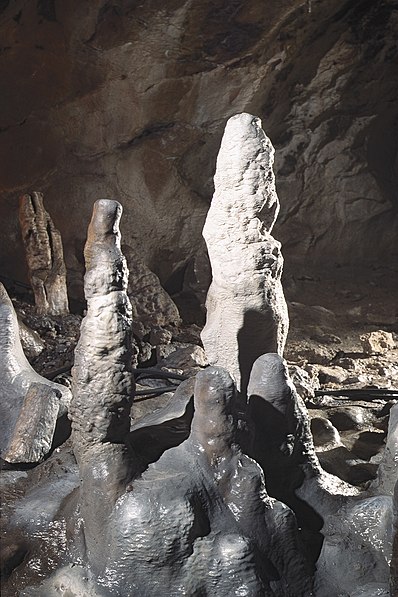Heinrichshöhle, Hemer
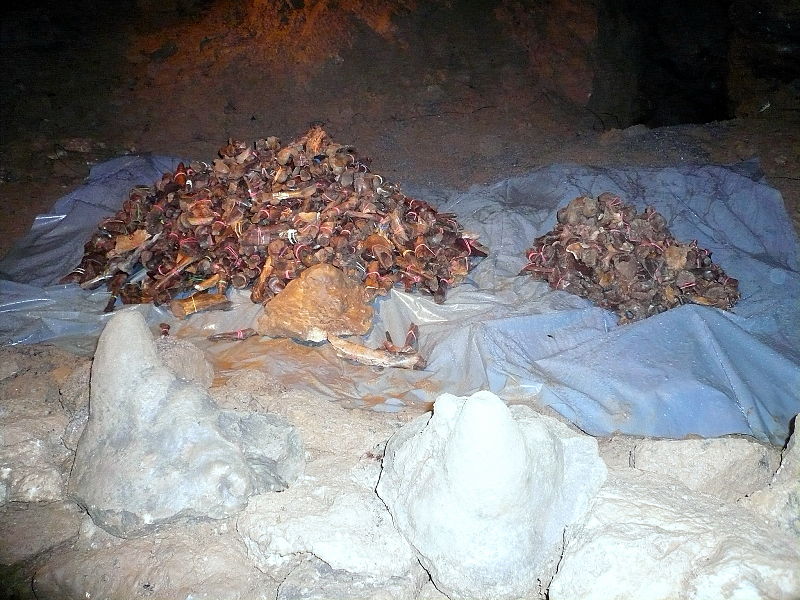
Facts and practical information
Heinrichshöhle is a dripstone cave near Sundwig, a district of Hemer in the Märkischer Kreis in the northern Sauerland region of North Rhine-Westphalia. With a length of 320 meters, it is part of the Perick cave system with a total passage length of 3.5 kilometers. It is accessible to visitors and was developed as a show cave and electrically illuminated between 1903 and 1905 by the innkeeper Heinrich Meise. The first documented mention of Heinrichshöhle was in 1771 with an entry in a field map. In the Heinrichshöhle numerous bone remains of various ice-age mammals were found in the 19th to the beginning of the 20th century, making it one of the bone-richest Upper Pleistocene sites in Europe. Among them were several skeletons of cave bears, one of which is exhibited in the cave. The cave has a distinct fluvial cave profile with crevices and fissures over 20 meters high in the Middle Devonian Massif or Coral Limestone. It contains rich sintering with different stalactite forms of stalagmites, stalactites, sinter plumes and sinter terraces of different sizes. The show cave is operated by the Arbeitsgemeinschaft Höhle und Karst Sauerland/Hemer e. V. which offers regular guided tours.
Hemer
Heinrichshöhle – popular in the area (distance from the attraction)
Nearby attractions include: Felsenmeermuseum, Ebbergkirche, Church of Sts. Peter and Paul, Evangeliumschristen-Baptisten e.V..
Frequently Asked Questions (FAQ)
Which popular attractions are close to Heinrichshöhle?
How to get to Heinrichshöhle by public transport?
Bus
- Sundwig Meise • Lines: 2, 3 (4 min walk)
- Pestalozzistraße • Lines: 2, Bb2 (6 min walk)


